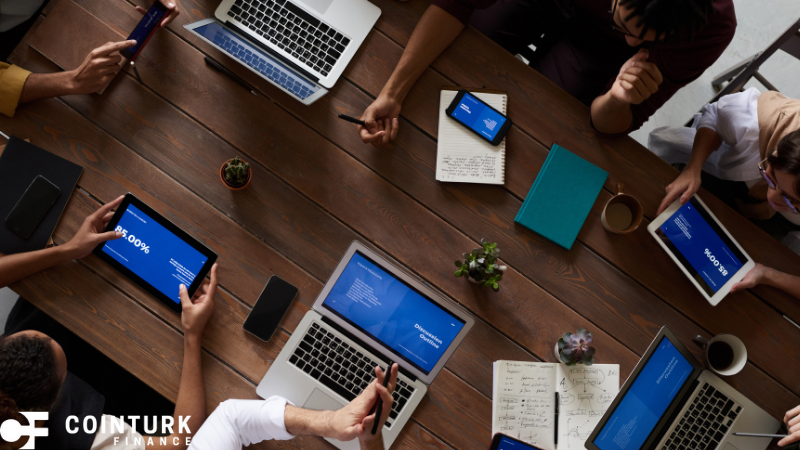The beverage industry is witnessing strategic maneuvers as companies adapt to shifting consumer preferences. Keurig Dr Pepper (KDP) is advancing into the energy drinks market with its acquisition of Ghost, aiming to capture a larger share of this high-growth segment. Concurrently, The Coca-Cola (NYSE:KO) Company is enhancing its operational efficiency through digital innovations, including artificial intelligence and machine learning, to better meet consumer demands. These moves come at a time when market dynamics are rapidly evolving, requiring companies to be agile and forward-thinking in their strategies.
Why is KDP Acquiring Ghost?
KDP’s decision to acquire Ghost, a fast-growing brand in the energy drink category, reflects its strategic emphasis on expanding into high-growth areas. Ghost’s sales have significantly increased over the past three years, making it an attractive acquisition for KDP. According to the agreement, KDP will initially purchase a 60% stake, with plans to acquire the remaining 40% by 2028. This acquisition aligns with KDP’s broader strategy to accelerate its portfolio evolution towards consumer-preferred spaces. Tim Cofer, CEO of KDP, expressed optimism about the growth potential, highlighting that Ghost complements KDP’s existing energy drink offerings.
How is Coca-Cola Adapting to Market Trends?
Coca-Cola is addressing market challenges by leveraging AI and machine learning to enhance marketing and operational efficiency. This digital transformation allows the company to offer personalized ads and pricing tools, catering to evolving consumer preferences. Despite a slight decline in overall sales, Coca-Cola reported a 9% increase in organic revenue. CEO James Quincey emphasized the company’s ability to manage near-term challenges while focusing on long-term growth opportunities. Coca-Cola’s strategy also involves adapting to local market needs, particularly in Europe and Asia, to ensure affordability and efficient distribution.
KDP and Coca-Cola’s recent strategies echo past actions where both companies have consistently adapted to changing consumer landscapes. KDP’s move to acquire Ghost is reminiscent of its earlier efforts to expand its beverage portfolio, which has included venturing into different product segments over time. Meanwhile, Coca-Cola’s adoption of AI reflects its ongoing commitment to digital innovations, similar to its past endeavors to incorporate technology in marketing efforts. These historical patterns indicate a consistent focus on growth and adaptation in response to market demands.
In its third-quarter earnings report, KDP noted a 2.3% increase in net sales, attributing growth primarily to volume and mix enhancements. However, its U.S. coffee segment faced challenges, with sales declining despite an increase in volume. This has led KDP to adopt a cautious approach in its coffee segment, focusing on single-serve offerings. Meanwhile, Coca-Cola’s performance was bolstered by strong price/mix dynamics, with a notable 10% price increase contributing to revenue growth. The company remains focused on maintaining a balance between affordability and value in its offerings.
“This morning’s exciting announcement of our acquisition of GHOST is yet another step, accelerating our portfolio evolution toward growth-accretive and consumer-preferred spaces,” Cofer said.
This reflects the company’s strategy to tap into areas with substantial growth prospects.
James Quincey stated, “Our business continues to demonstrate resilience in the face of a dynamic external environment.”
This underscores Coca-Cola’s confidence in navigating market challenges through its strategic initiatives.
KDP and Coca-Cola’s strategic actions highlight their efforts to align with consumer trends and market demands. By acquiring Ghost, KDP aims to strengthen its position in the energy drinks market, while Coca-Cola’s focus on digital tools such as AI seeks to enhance its marketing capabilities. These strategies underscore the importance of innovation and adaptability in the beverage industry as companies strive to maintain competitive advantage and achieve long-term growth. With both firms actively positioning themselves to meet new consumer expectations, their moves could set the stage for future industry developments.










